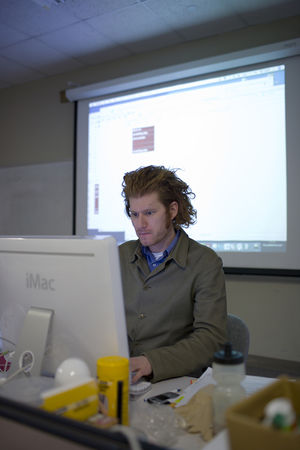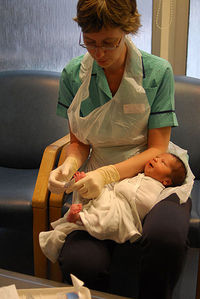GDTE Development/Dual Teaching Professional in Vocational Education
GDTE microcourse: XXX
Learning outcome:
At the successful complete of this course, students will be able to:
xxx
| Session | Learning pathway | E-Activities | Comments |
|---|---|---|---|
| Orientation or Overview | ori is generic, overview course specific | add Comments | |
| add Title | add E-activities | add Comments | |
| add Title | add E-activities | add Comments | |
| add Title | add E-activities | add Comments | |
| add Title | add E-activities | add Comments |
Assessment
Demonstrate how you have:
- rephrase learning outcome
Evidence could include:
Opening Page blurb
What’s it about?
What will I learn?
This course is designed for educators who ....
What’s involved?
You will participate in an open international online course for 10 working days (2 weeks). You will need to allocate about 1.5 to 2 hours per day for the duration of open course. The course is divided into XX sessions inclusive of suggested learning activities:
suggestion 1
suggestion 2
suggestion 3
suggestion 4
suggestion 5
Learners aiming for the Certificate of Achievement and/or credit towards the Open Education Course elective will need an additional 20 hours of self directed study to complete the assessments for this course.
Prerequisites?
Anyone is free to participate in this course. An internet connection and basic web browsing skills are recommended with the ability to create a blog and microblog account (instructions and self-study tutorials provided.)
Learners aiming to submit assessments for formal academic credit will need to meet the normal university admission requirements of the conferring institution (eg language proficiency and school leaving certificates).
Title 1
focus of e-activity repeated.
Useful content links:
Objectives
Video signpost
Introduction
Content 1
Content 2
E-Activity
Title 2
focus of e-activity repeated.
Useful content links:
Objectives
Video signpost
Introduction
Content 1
Content 2
E-Activity
Title 3
focus of e-activity repeated.
Useful content links:
Objectives
Video signpost
Introduction
Content 1
Content 2
E-Activity
GCTE Practice context notes
This unit helps you to explore dual professionalism in relation to tertiary teaching in vocational education and the influence of the organisational strategies and priorities of your employer on your own work context.
The unit is split into 3 modules –the first of these 3 modules introduces you to the dual role of a tertiary educator.
The second module in this unit will help you explore the influences on your work context and identify the organisational strategies and priorities of your employer. The 3rd module will explore how those strategies and priorities impact upon and are incorporated into your teaching practice.
To work through this topic click on each of the tabs in the title bar and work through the pages in order.
On successful completion of the first module in this Unit you will be able to:
This will prepare you to be able to identify what it means to you to be a dual professional as both a tertiary educator and expert practitioner in the workplace. |
A 21st Century Tertiary Educator
The 21st Century Tertiary Educator is a term that is now used more commonly and often refers to a tertiary educator that takes a learner-centred approach to teaching.
"High-performing tertiary educators in the 21st century are team players. They are dual professionals in their discipline, trade or profession and in the facilitation of learning. They are focused on the best possible outcomes for all learners in their care and work proactively in the context of Te Tiriti o Waitangi to ensure success for Maori, knowing that such approaches will have considerable benefit for other groups as well."
So what does this mean for you and your work context? this module will help you to explore this question.
Compare the following two commentaries describing a 21st Century tertiary educator in New Zealand. The one from Otago Polytechnic's Graduate Diploma in Tertiary Education programme document builds on Peter Coolbear's commentary.
|
References
- ↑ Coolbear. P. (2012, June). Professional development for tertiary educators: what are we trying to achieve? Education Review Series. Retrieved from http://www.educationreview.co.nz/leadership-and-pd/june-2012/professional-development-for-tertiary-educators-what-are-we-trying-to-achieve/#.UgNOIlO47HV
- ↑ Otago Polytechnic (2012).Graduate Diploma in Tertiary Education Programme Document. Dunedin, New Zealand: Otago Polytechnic.
Specialty Expertise
The majority of tertiary educators came into their role based upon their expertise within a specialty area.
Explore how you describe your specialty expertise and what it means to bring that expertise to vocational teaching role.
Consider the following questions:
|
Reading about a Novice to Expert model.
|



